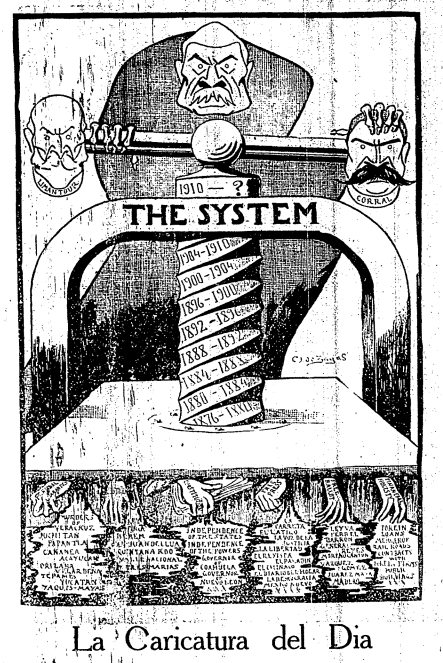
Ahimsa, meaning “nonviolence”, was used in conjunction with Satyagraha by Mahatma Gandhi to form the basis for his resistance to colonial powers during the Indian Independence Movement. This concept comes from various religions, as Jainism, Buddhism, and Hinduism all incorporate ahimsa to varying degrees. In Jainism, Ahimsa is one of its three main pillars as a fundamental tenet of harmlessness towards all life. Within Buddhism, ahimsa is tied to a principle of non-harming.
For Hinduism, ahimsa functions as one of its primary values with a respect for all life. Gandhi was exposed to ahimsa from an early age, as he was raised in Gujarat where Jainism ran strong. He ultimately interpreted it in a secular manner of non-killing, eschewing specific religious interpretations in favor of a more general meaning and practical use with regards to civic protest. Gandhi did acknowledge ahimsa’s application across various religions on higher levels or realms, but he chose to unify the idea between the faiths as he practiced it alongside Satyagraha.
FURTHER READING
Gandhi, and Dennis Dalton. 1996. Mahatma Gandhi : Selected Political Writings. Indianapolis: Hackett Pub.
Jahanbegloo, Ramin. “Gandhi and the Global Satyagraha.” Social Change (New Delhi) 51, no. 1 (2021): 38–50.
Tähtinen Unto. 1964. Non-Violence As an Ethical Principle : With Special Reference to the Views of Mahatma Gandhi. Turun Yliopiston Julkaisuja : Sarja B, Humaniora, Osa 92. Turku: Turun Yliopisto.
Leave a Comment



